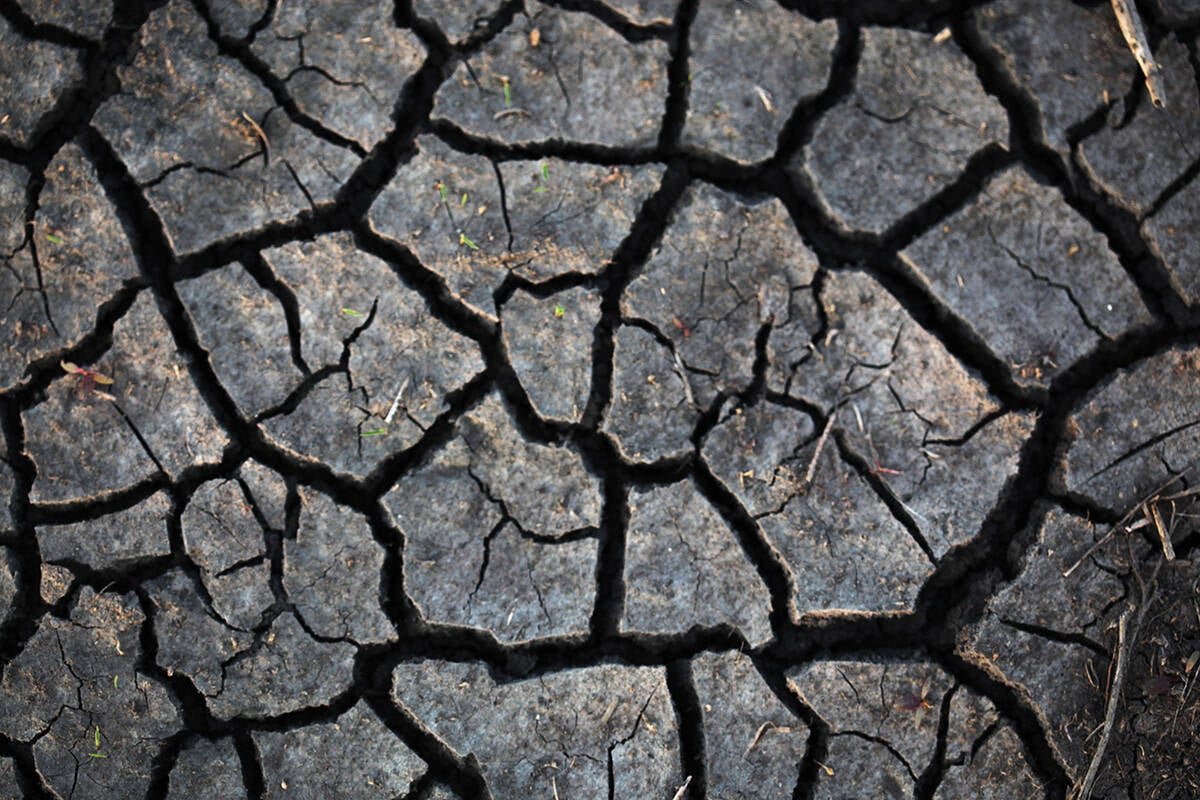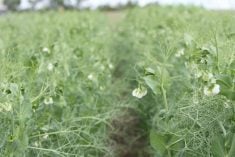American canola acreage is likely to slump by as much as one-fifth next summer, says the executive director of the Northern Canola Growers Association.
Production subsidies won’t be enough to prevent American farmers from turning to other crops.
“We’re going to see a reduction in canola acres next year,” said Barry Coleman of the Northern Canola Growers. “Nine dollar and 30 cent canola (per 100 pounds) isn’t going to make you go out and plant a bunch of canola. It’s just a safety net for really low prices.”
Read Also

Prairies have variable soil moisture conditions
The dry weather in the west was welcome for preserving grain quality and advancing harvest, but it has resulted in very dry soil moisture conditions.
Canola area jumped back to near normal in the U.S. last summer after slumping in 2004.
When canola prices fell this autumn, American canola growers began getting loan deficiency payments, which are subsidies that set a floor price for a crop.
Coleman said farmers at the bottom of the price trough received about $1 US in subsidy for every hundredweight of canola. The rate was set at $9.30 per cwt. At 50 lb. per bushel, that is $4.65 per bu. or about $5.53 Cdn.
But Coleman said high fuel and fertilizer prices raised breakeven costs to about $11 US per cwt.
With farmers facing high fertilizer and fuel costs next spring, and canola considered a high input crop, many will switch to less expensive alternatives.
“There are certainly other crops,” said Coleman.
“Soybeans will be big in the east (of North Dakota). We’re hearing that peas will be increasing as well.”
Coleman expects canola acreage in North Dakota to slump by 15 to 20 percent.
Rick White, executive director of the Canadian Canola Growers Association, said the LDPs on canola aren’t new, and they aren’t particularly damaging this year compared to other years. But subsidies in general are responsible for the poor crop prices farmers face this year. US LDPs and European subsidies create supply gluts that drown out consistent profitability.
“We have a distorted world market out there that sets our prices,” said White.
“This is trade distorting and that’s what’s killing us on all fronts.”
In 2000, the U.S. government paid out $69 million in canola LDPs. In 2001 it paid out $22.2 million. Data from more recent years are not available.
But this pales in significance to the $14 billion paid out in U.S. trade distorting subsidies to all crops in one recent year, White said.
And there is nothing stopping the U.S. from pouring money into specific crops if it wants to, which makes a small acreage crop like canola vulnerable.
But the Canadian canola industry is cheered by the recent American proposal to cap its distorting subsidies at less than $8 billion. Anything that cuts in half the oceans of production subsidies that are poured into American agriculture will help prairie farmers, White said.
The American proposal would become a reality only if there is a successful WTO agreement in December, but it would help create a less distorted world market.
“Boy, we’d sure like to see that get resolved and it would be a heck of a great start at getting some of those exorbitant subsidies that trigger overproduction worldwide,” said White.















